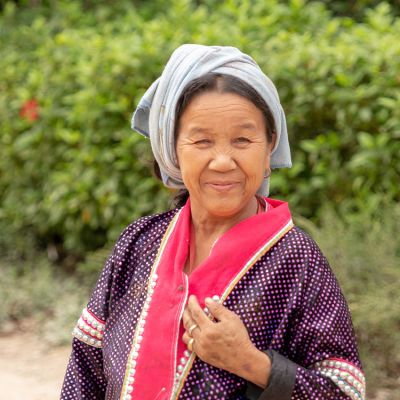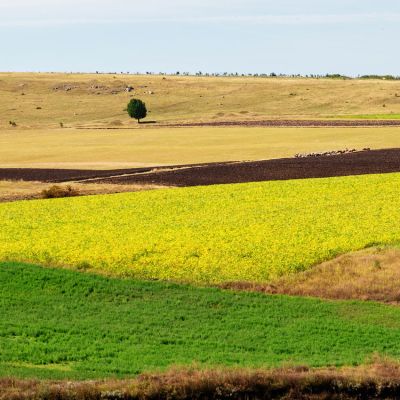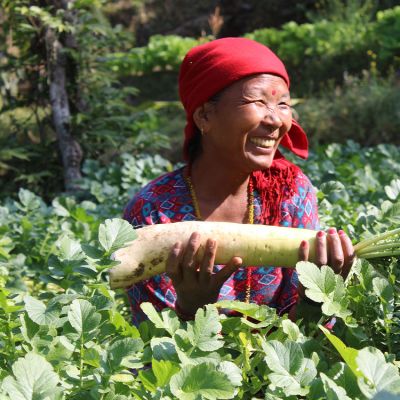Written by Winnie Fung (Chief Executive)
If you ask a real estate agent the three most important factors for buying a house and determining its value, the answer will be ‘location, location, location.’ If you ask a development worker the three most important factors for rural development, the answer will be ‘relationship, relationship, relationship.’ When doing rural development, everything is about relationship.
There is deep interdependence with nature and climate, significant identity ties to the land, and a necessary reliance on informal networks.
Interdependence with Nature
Most rural communities rely on farming, animal husbandry, and/or fishing for livelihoods. What the land produces is what they can consume. As a result, soil, water, and natural resource management is a ‘must-do’ and a non-negotiable part of development work. Sanitation (e.g. waste management) and pollution control are also high on the priority list.
The interdependence with nature means that rural communities are more susceptible to vulnerabilities and risks due to climate change. To take one example, one of CEDAR’s partners, Thai-Lahu Foundation (TLF), serves the Lahu hill tribes who live in northern Thailand. They are primarily subsistence farmers, growing rice for self-consumption and a small amount of corn as cash crop.
The Lahu farmers wrestle with the problems of soil erosion, soil depletion, heat waves, and drought. The situation is made worse by climate change, as extreme weather events and abnormal rainfall lead to sharp reduction in crop yields and crop failure. The result is hunger, malnutrition, and food insecurity.
CEDAR and TLF may not be able to reverse the impact of climate change for these farmers, but we can help them build resilience and prevent or alleviate some of the negative impacts. One way is to promote the use of local varieties of seeds and seedlings rather than using imported seeds. The local varieties are more resilient and adaptive to local land and climate conditions, and we encourage farmers to take pride and have confidence in what their land has already provided them rather than believing that ‘foreign seeds must be better than our own’. We also encourage families to plant and use local herbs for medicinal purposes and as part of their diet.
Another way is to promote backyard gardening (growing vegetables on a small plot of land) and multilayer farming (growing multiple crops in a single field by planting one crop on top of another already existing crop). The purpose is to save space and improve efficiency. Some of the farmers were used to planting a single crop (usually rice), so to do otherwise, they needed to be convinced. Our partner brings the Lahu farmers to special demonstration plots so that they may see for themselves what multilayer farming can look like. The farmers always come back with excited and sparkling eyes because they can see what the possibilities are.
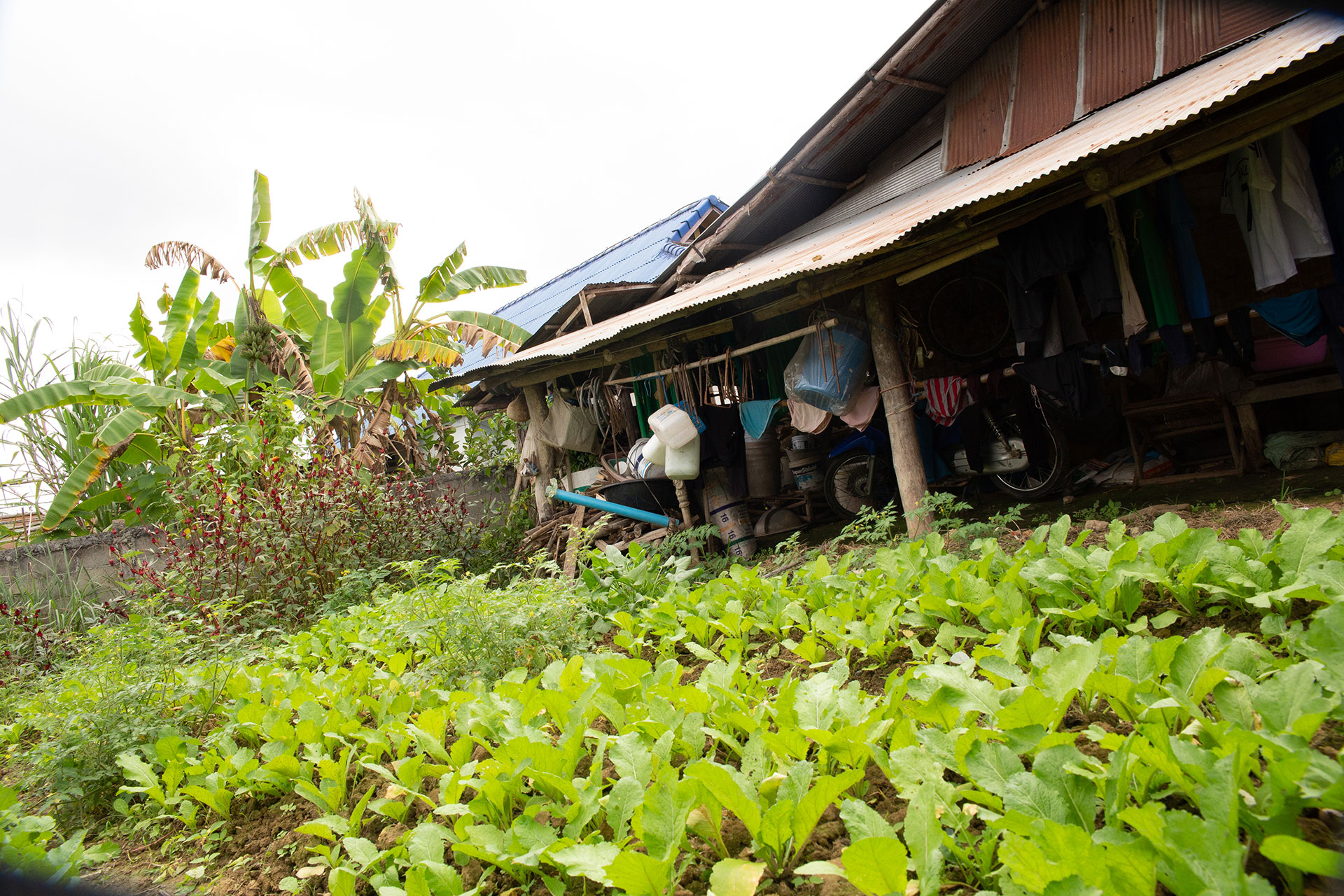
This is what CEDAR and our overseas partners try to do: ‘to engage, empower, and enlarge.’ We engage the farmers where they are so they can appreciate and make good use of their own resources, be it local seeds or local knowledge of different kinds of herbs. We empower families as a unit, so the wives, and not just the husbands, are invited to attend agricultural training and workshops. In their contexts, ultimately, it is the women who do the farming and not the men. We also enlarge their social network and their imagination so that they can have access to more ideas for improving their livelihoods and can get a taste of what is possible.
Identity Ties to the Land
The interdependence with nature leads to a strong identification with the land. For rural communities, where one was born and where one’s parents, grandparents, and great-grandparents were born all form part of one’s core identity. The land, or land rights, is a crucial issue in rural development.
Land rights are more than just about economics. Of course, being able to demonstrate ownership and derive economic value from one’s land is significant to those who are poor. But more importantly, the absence or violation of land rights, internal displacement due to conflicts, or forced migration from one’s homeland can do lasting harm to one’s sense of security, identity, and community.
I was visiting a remote village in the Mekong region. Instead of living in the hills like the Lahu hill tribes, this community lives in the lowlands. The local government has given this village an eviction order. To increase revenue and bring in economic activities, the government wants to claim land to build a casino, and in order to claim land, a dam has to be built. However, the result of the dam project is that the village will be completely flooded and submerged underwater.
The government has given the villagers a deadline to leave their homes and move to a higher altitude, yet there are no farmlands at that altitude, just a wasteland. This means the villagers have to start everything from scratch: finding materials and building a house, toiling the land, and slowly starting to farm.
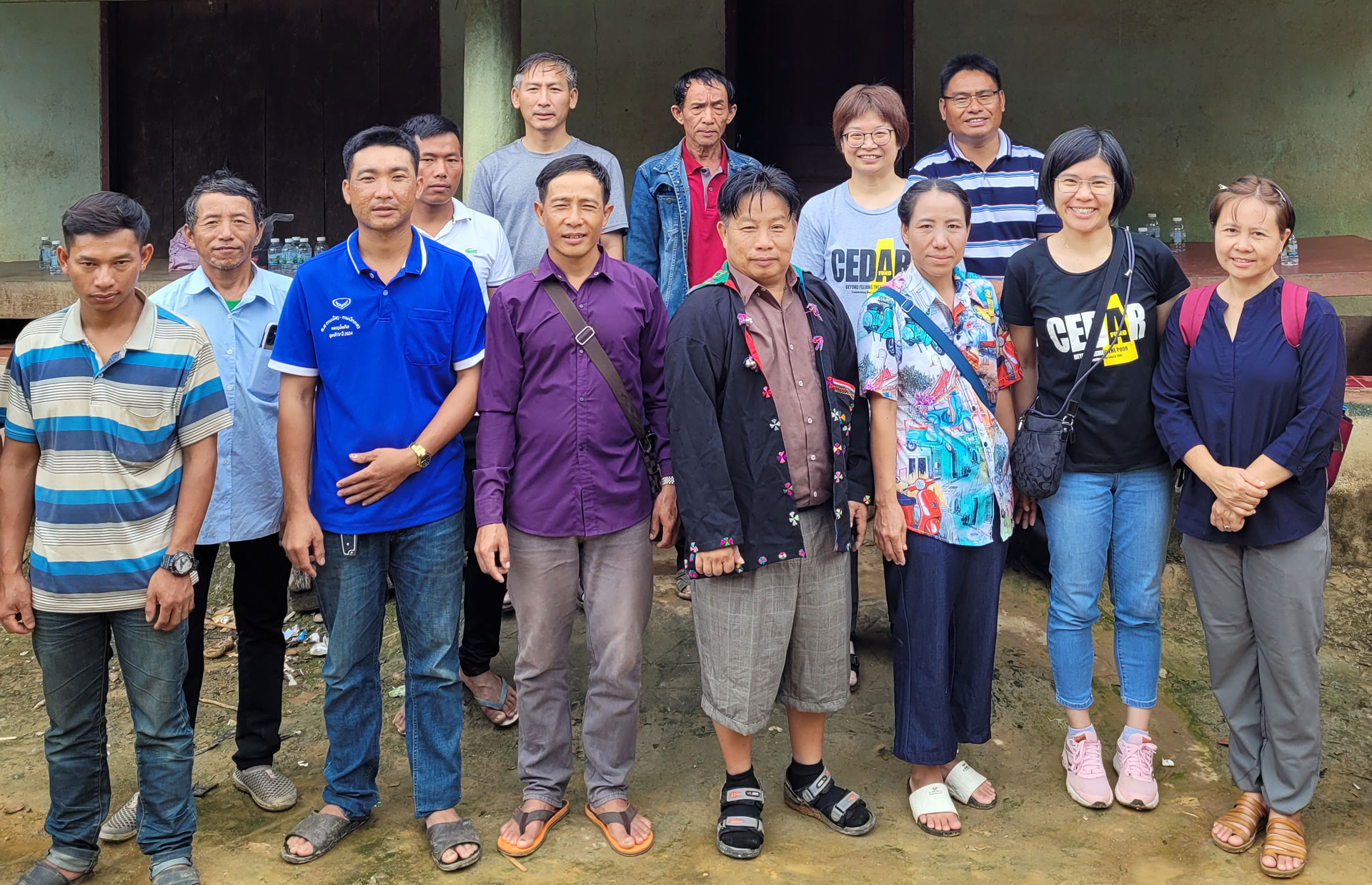
I talked with a 70-year-old lady whom I call Grandma Fong. She used to be a teacher but now owns a mom-and-pop store selling soft drinks and snacks. Her storefront is basically the living room of her house. She regards her house fondly, as it was built by her late husband almost 50 years ago, and they had a lot of sweet memories there. When talking about the government’s eviction order, she said she simply does not know what to do. She has a small plot of land about a 15-minute walk away, and that land will be submerged underwater soon. There is nothing she can take with her except for a few wooden planks that form the ceiling of her house and that the government allows villagers to take with them.
Significance of Informal Networks: to Engage, Empower, and Enlarge
Next to Grandma Fong’s village is another village known to the locals as a Christian village. CEDAR’s project consultant works with a local pastor there who has a passion for community development and church mobilisation. Since the Christian village is located at a higher altitude, they are not included in the eviction order, but they see the plight of their non-Christian neighbours and want to help in whatever way they can.
They do not have material goods to offer as they themselves are poor, but they offer their time and labour. They form informal networks to identify and help those in need, e.g. Grandma Fong and others who are too old or weak to move by themselves. They do not know Grandma Fong beforehand, but they demonstrate a concrete act of love.
The Christian leaders in the village are also concerned about the youths, as most of them are unemployed and will likely end up working in the casino once it is built. The Mekong region is infamous for drug trafficking and human trafficking, and the fear is that the youths will be drawn into the drug trade or fall victim to trafficking.
Our partner seeks to engage and empower the youth by starting a garbage management project. With CEDAR’s support, they built a small incinerator near an oft-frequented road in the village and taught the youth to collect and sort garbage. Some of the garbage can be recycled and sold by the youth to obtain a small income, while some can be burnt in the incinerator in an environmentally sustainable way. The project was so successful that local government officials noticed the cleanliness of the village and reached out to ask the youths to replicate their efforts in nearby villages.
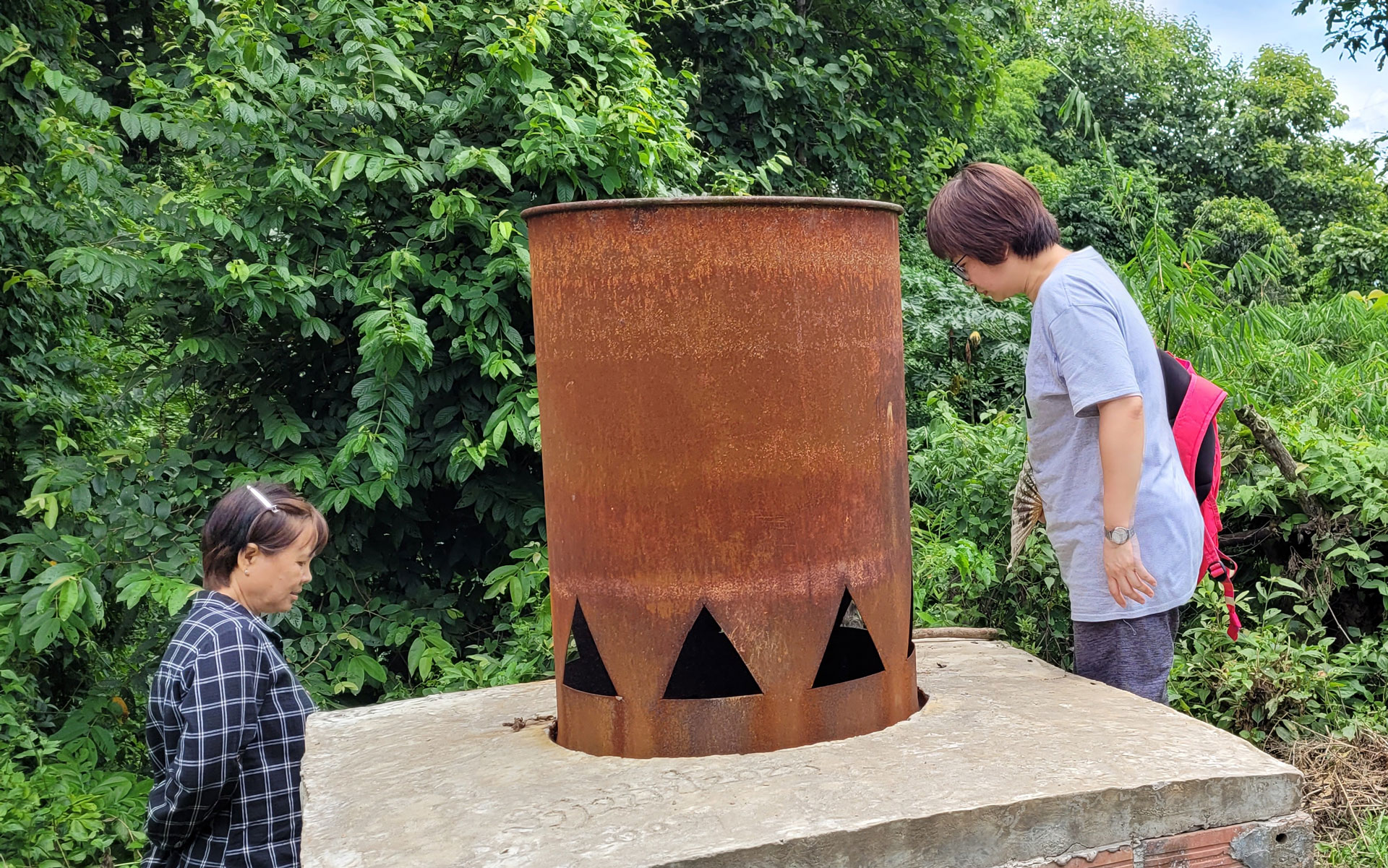
However, the success of such projects is never about the building of the physical infrastructure, in this case, the incinerator. Instead, the success lies in the relationship and trust that the pastor, the local church, and the development worker have formed with the village community. The key to garbage management is not the knowledge or skills but the trust and willingness to adopt behavioural change and the ability to spread such behavioural change through informal networks. One needs the buy-in of the community to manage and maintain such development projects, whether it is garbage waste or water management.
Ultimately, rural development is not about models or projects or skills, but about recognising and honouring relationships, whether with nature or with one another.
ARTICLES OF THIS ISSUE
Written by Winnie Fung (Chief Executive) If you ask a real estate agent the three most important factors for buying a …
Written by Janice Cheng (Pastor) Scriptures reading: Leviticus 19:9-10 9 When you reap the harvest of your land, do n…
Written by Clara Chiu (Head of Partnership Development) According to the United Nations, ‘poverty entails more t…
Written by Dustin Tang (Donor Services Officer) As of September 2024, I have served in CEDAR Fund for ten years. Looki…



